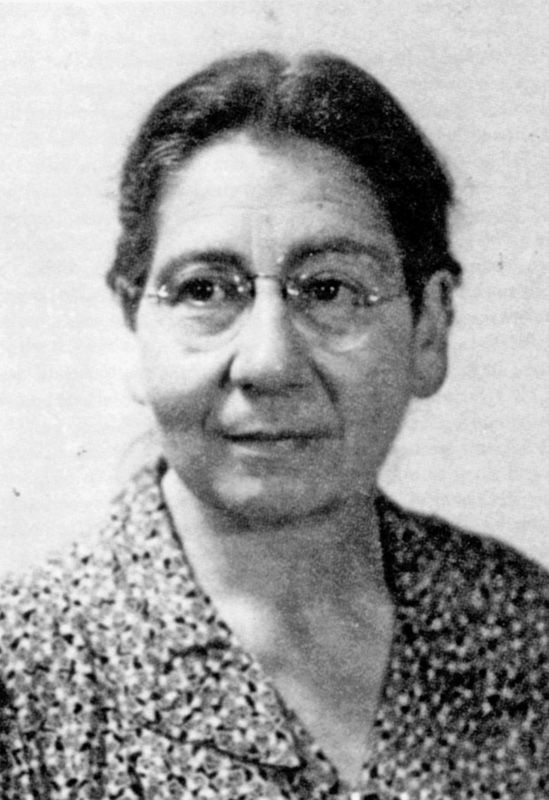Quellen
Behrend-Rosenfeld, Else/Rosenfeld, Siegfried: Leben in zwei Welten. Tagebücher eines jüdischen Paares in Deutschland und im Exil, hg. und kommentiert von Erich Kasberger und Marita Krauss, München 2011.
Kasberger, Erich: Die „Heimanlage für Juden Berg am Laim“, in: Knauer-Nothaft, Christel/Kasberger, Erich: Berg am Laim. Von den Siedlungsanfängen zum modernen Stadtteil Münchens, München 2007, S. 286-291.


